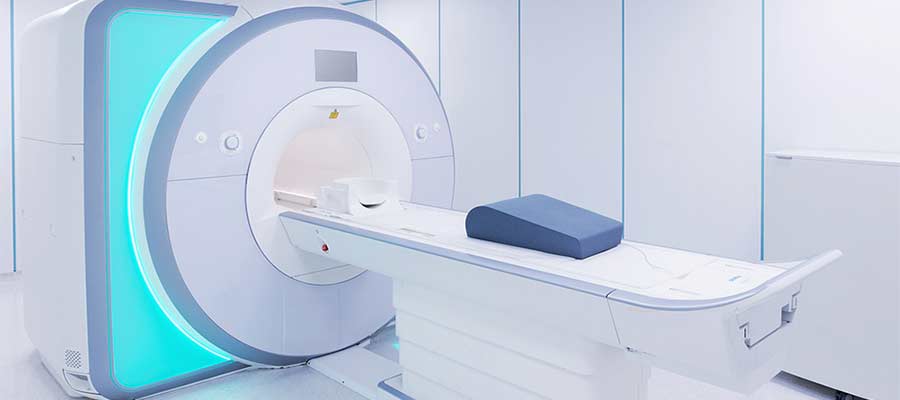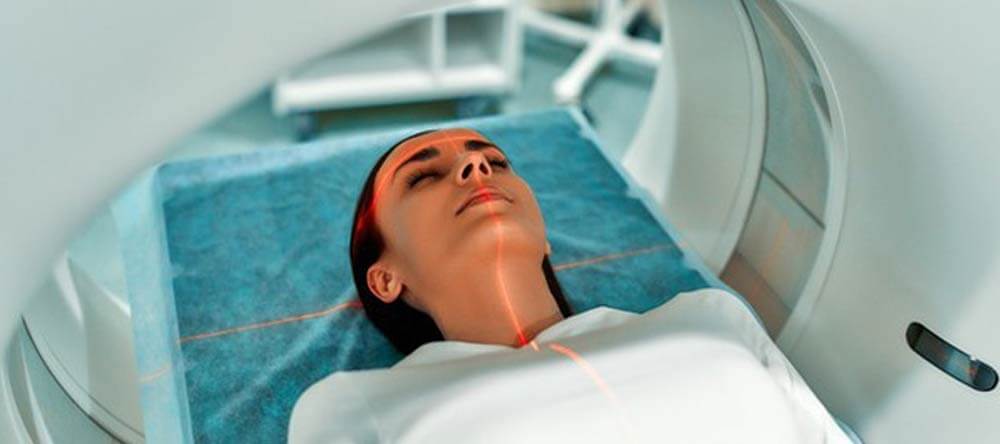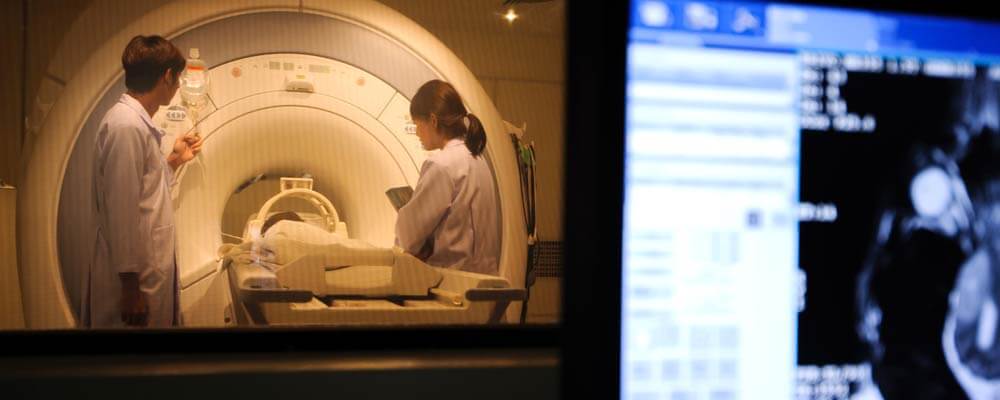MRI Associates Degree Online
When searching for an MRI Tech School Online offering associate’s degree in MRI Technology you have to take Pulse Radiology Instituted into consideration. As of late the demand for MRI Techs has exploded. It is true, that few saw a pandemic on the horizon. But regardless the need for demand for MRI & CT Techs was already outpacing the number of graduates entering the healthcare industry. One may think that a degree from University of Virginia may be te path to follow as in the case of with firms in the tech industry. Not when it comes to MRI Techs. As of late hospitals are seeking for individuals that are ready to fill a position with minimum or no training. That is why there is such high demand for our alumni.
As a national MRI Tech School providing online MRI, CT, and Mammography Structured Education, we can help you advance your career in the field of radiology from a radiologic technologist to an advanced certified technologist in 14 weeks. Also, know that at Pulse Radiology we provide ARRT-approved MRI, CT, and Mammography courses with clinical training in 30+ states nationwide and ASRT for 25+ Category A CE Credits. There has never been a better time to get your associates degree in radiology and pursuit in a rewarding career with an average salary of $70k/year with Pulse an MRI Tech School Online. Since day one we has been the go-to technical school for Professional in the Healthcare field seeking MRI continuing education credits. We have expanded those capabilities by offering associates Online.
Post Realted to MRI Associates Online
Why Should You Consider Getting Radiology Associates Online?
The pandemic highlighted something many hospitals already knew. There is a need for certified MRI Technicians in the work force. Today is a great day to focused on a high paying, respected career in the healthcare industry as a Mammography technologist. And if you’re searching for an MRI Tech School Online offering MRI technologist associate’s degree? You need to consider Pulse Radiology! Since going live Pulse Radiology has been the go-to for for those in the healthcare industry search for online CT courses Online. In 2024 we are offering associate’s degree in radiology Online trying to start a career as an MRI tech.
MRI Technicians are In high demand: MRI technology is becoming more conventional, which implies there is a lot of need for individuals who learn how to utilize this technology. There are numerous job vacancies for MRI techs, and in many areas, there aren’t enough competent individuals to fill those spots. Should you wind up registering for these courses, you might discover lots of incredible opportunities. The very best career fields are the type which are seeing lots of growth. This field is growing fast, and yes, it shows no signs of decreasing.






